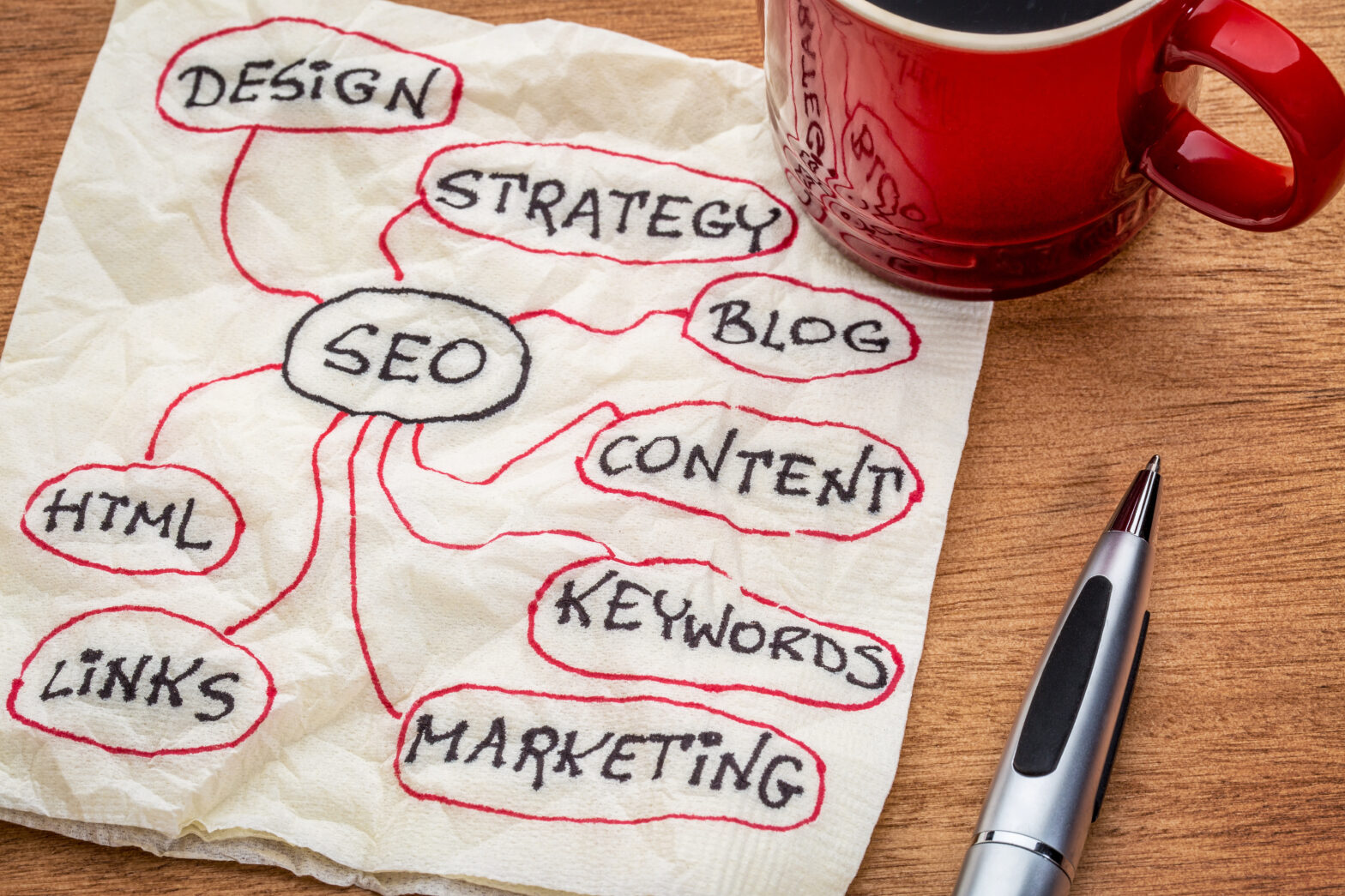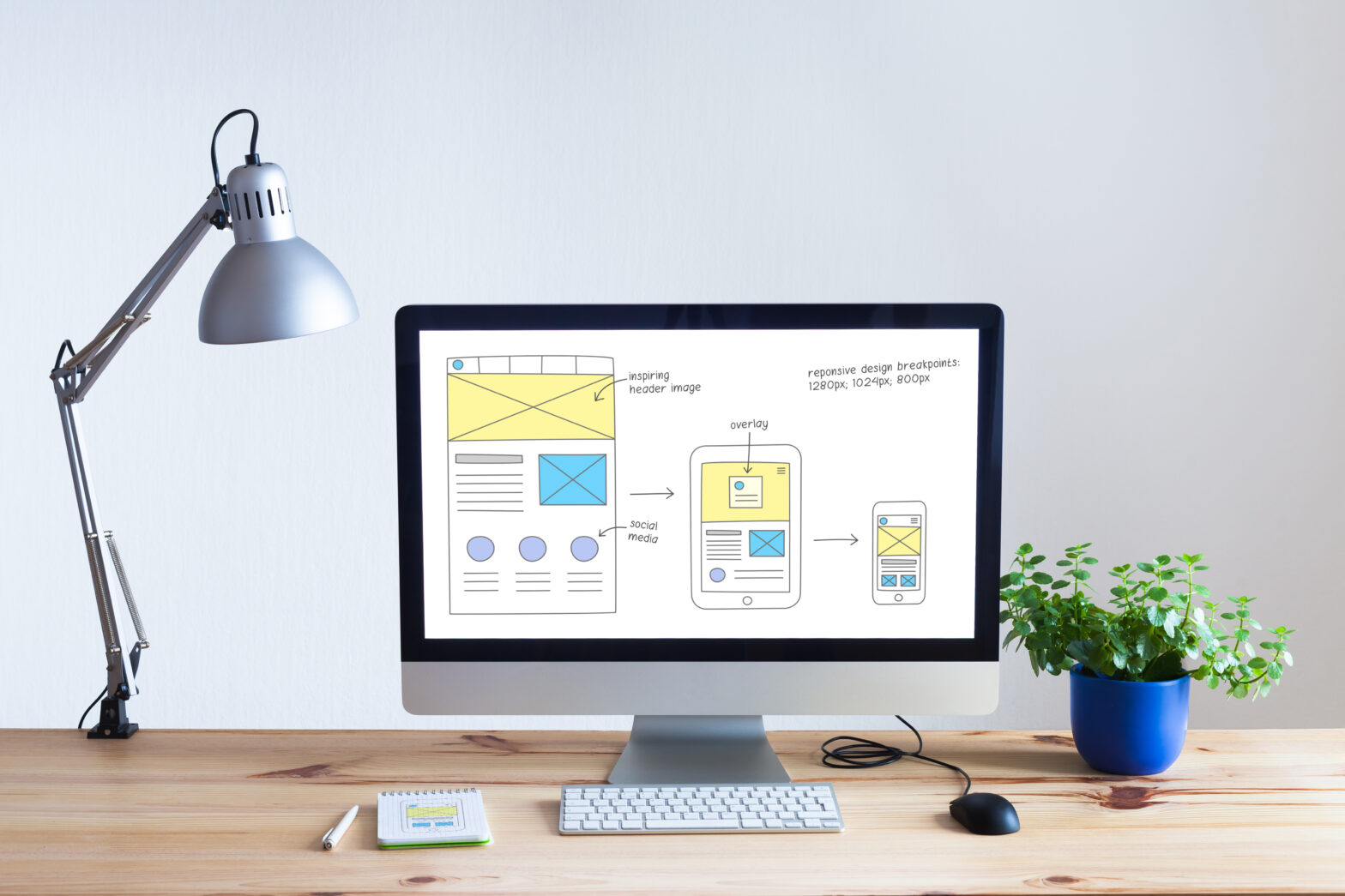With so many templates, themes and options out there when it comes to building and designing a website, it can be overwhelming to know where to start and what exactly your new business website needs to do.
Similarly, it can be easy to get carried away and add all sorts of funky features that could potentially impact your website speed and confuse your customers.
Here are some of the main points to consider when you begin thinking about designing your website, with links to handy articles and guides.
Who will design and build your website?
There are a couple of options for you to consider when it comes to the actual building and designing of your new website.
Many online web builders allow you to create your own website using simple drag-and-drop functions and themes. You can investigate some of the top options to use here. When you buy a domain name from a registrar, occasionally they will offer web builders as part of a package, so keep an eye out to explore that option too. These options allow you to have more control over how your website looks and functions, as well as being the more cost-effective option. It’s also a great opportunity to learn, and although you won’t need to be familiar with coding, it opens up the chance to branch into the world of code if you want to.
However, if you find the thought of DIY website building a little overwhelming, you don’t think you can give it the time it needs, or you’d just feel more comfortable handing the responsibility to someone more experienced, you can look to outsource the work to an agency or freelancer. This series of articles will help you find out what to expect from the process.
Purpose
Make sure that you map out what the purpose of your website is, and what you want it to achieve. This will be directly aligned to your business goals, for example, restaurants may want to display menus and take bookings on their websites, whereas retailers may want to provide store opening times and locations.
Once you know exactly what you want your website to do, you can start mapping which features and components will work for your business model. For example, that restaurant website may need a booking form, whereas the retailer may want an interactive map feature. However, remember that your website design isn’t set in stone and you can tweak and improve pages and features as you start to learn what works well and what could do with some improvement as your website matures.
For some inspiration around website design, we’ve put together a series of examples by trade sector. You can click on the one you’re most interested in below to see some great examples of real websites and notes on what makes them so effective:
Business Website Examples by Sector
- Restaurants
- Place information (tourism)
- Food subscription
- Trade
- Accommodation
- Music
- Ecommerce
- Charity
- Local communities
- Photography
Branding
Make sure that you keep your branding in mind when designing a website, especially if you are creating an online presence for a business that has already been established for some time. If you’re a retailer with a physical presence you want to make sure that your website aligns with your store.
Think about the following when creating your website, and although it could be tempting to use that fluorescent colour theme on your site, if you don’t naturally use this tone of colour in your branding it could become disjointed and confusing for visitors. Keep in mind:
- Colours
- Font
- Language
- Image style
- Target audience
User Experience (UX)
User experience (UX) refers to the overall experience of using your website, including how simple and pleasing it is to use. There are some basics that all website owners should think about when designing a new site that will help visitors navigate and use the site without problems. Some of these include clear navigation, accessibility for people with disabilities, page speed and flaws in the customer journey. You can learn more about delivering great UX (on a budget) here.
Let’s just focus on the website speed point, or the time it takes for your site to load or for visitors to move between functions like pages and payment screens. It’s one of the most important things to have in mind when designing a website. Not only does it allow visitors to use your website smoothly and without frustration, it’s also a pretty major ranking factor for Google and reduces bounce rate. You can learn more about website speed here.
Making your website work for you
This last point expands slightly from the main design of your website to introduce the options that are available to further personalise and make your website work for your specific aims and goals.
We’re talking mainly about the CMS (content management system) functions here and the options to install plugins that could help you in the future. Plugins are additional programmes and tools you can add to the back end of your website to help with optimising and maintaining your site.
There are many plugins available to help with a range of functions, such as improving SEO and backing up data, you can find five of the top ones for WordPress in this article.
To learn more about web design head to the UK Domain’s dedicated category where you can find more helpful articles and guides.
This article was brought to you in partnership with the UK Domain.





